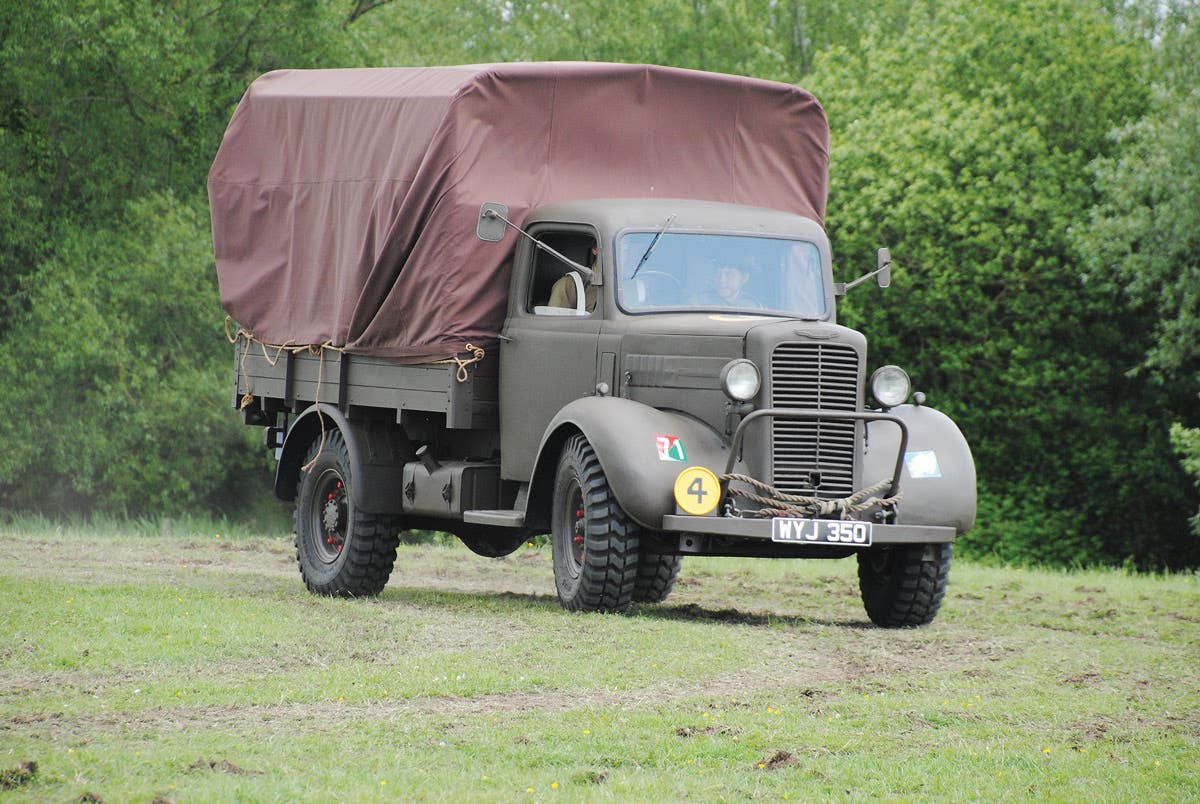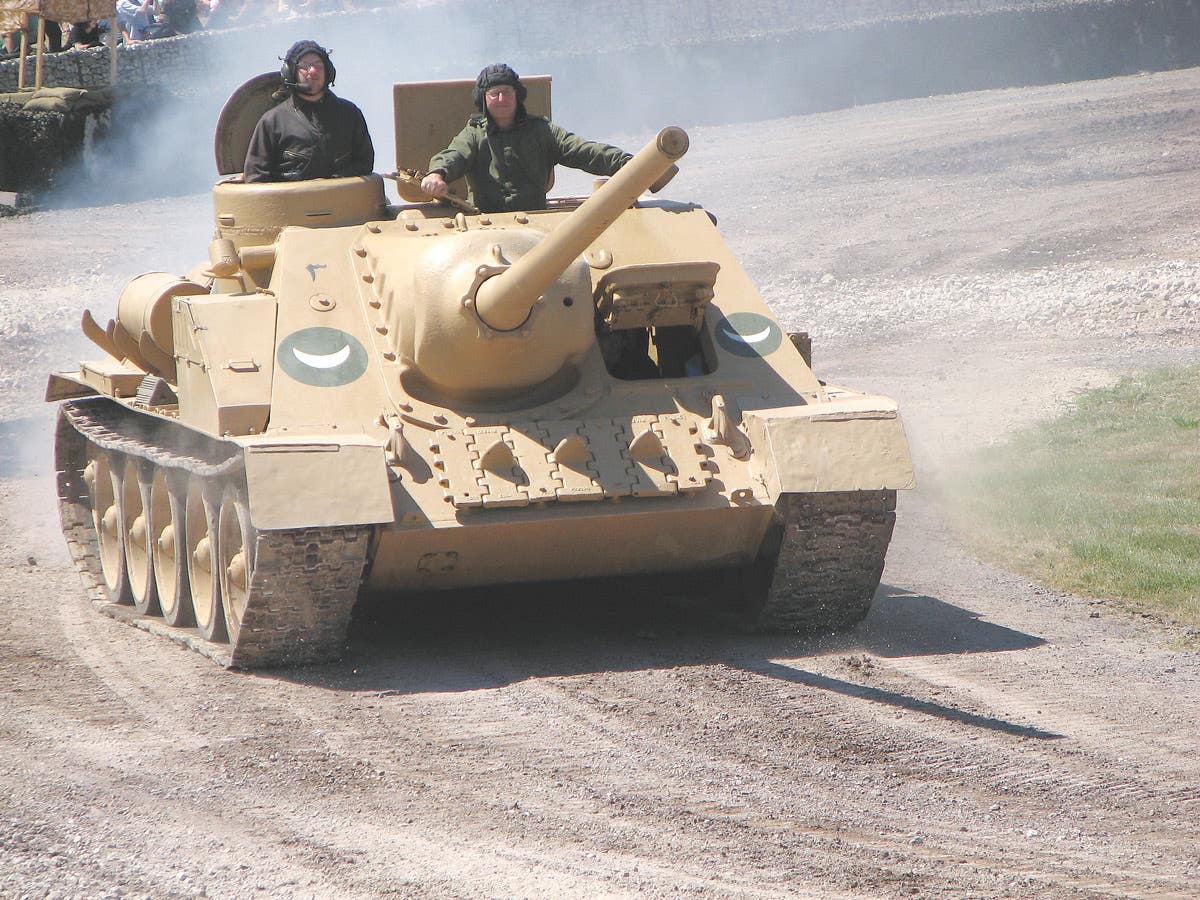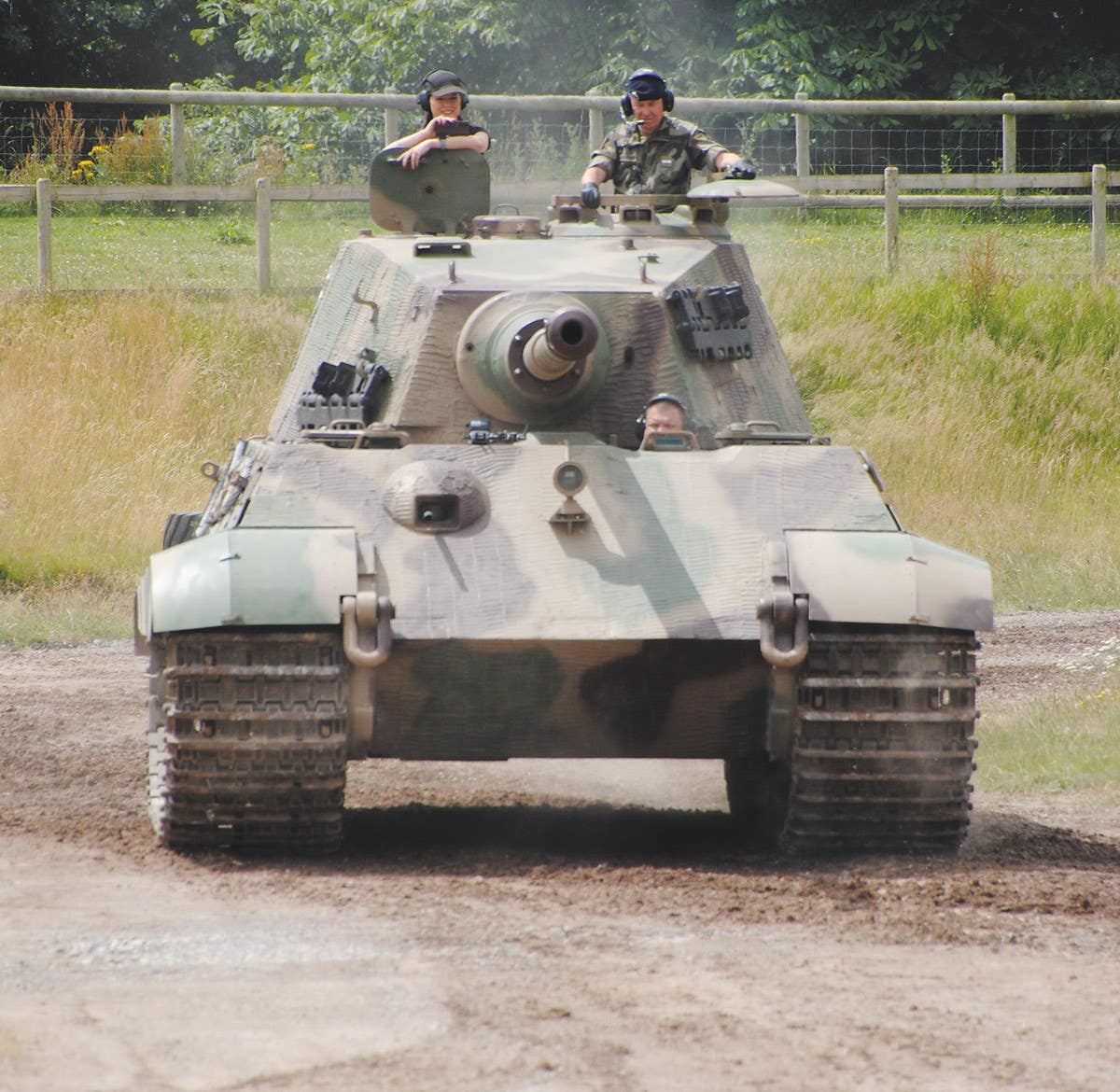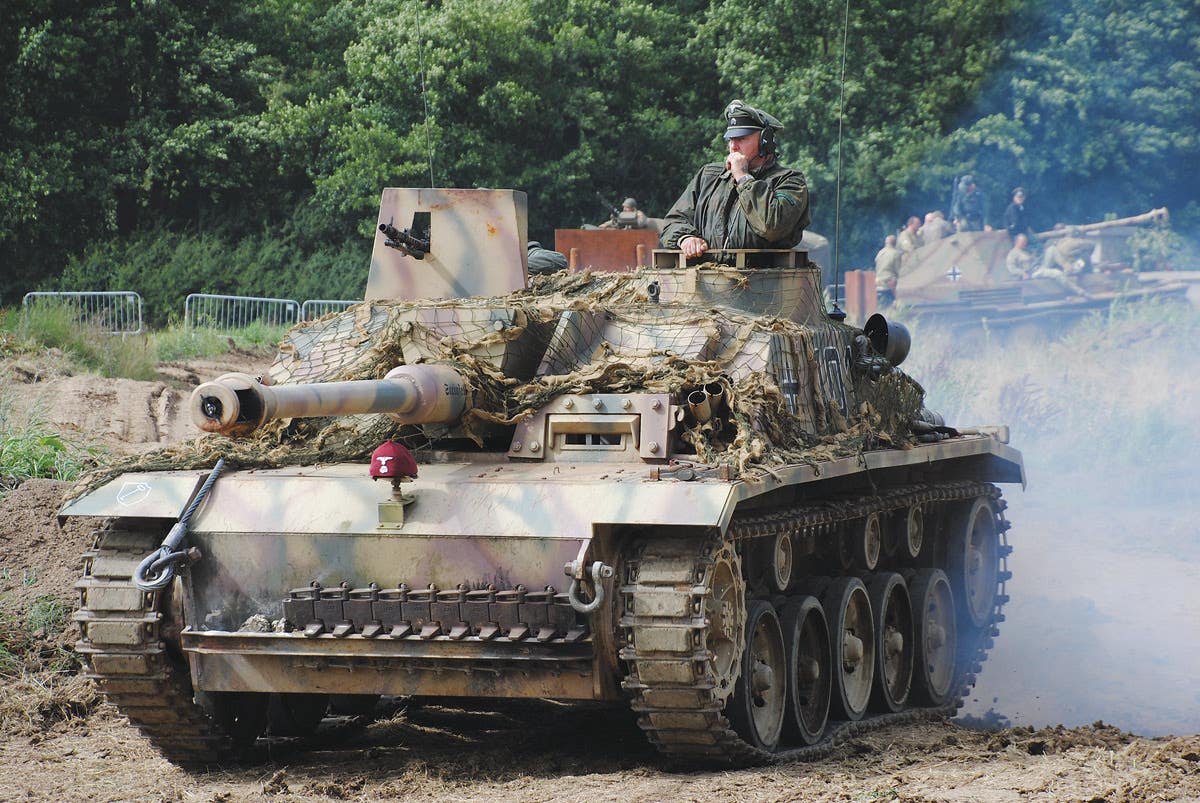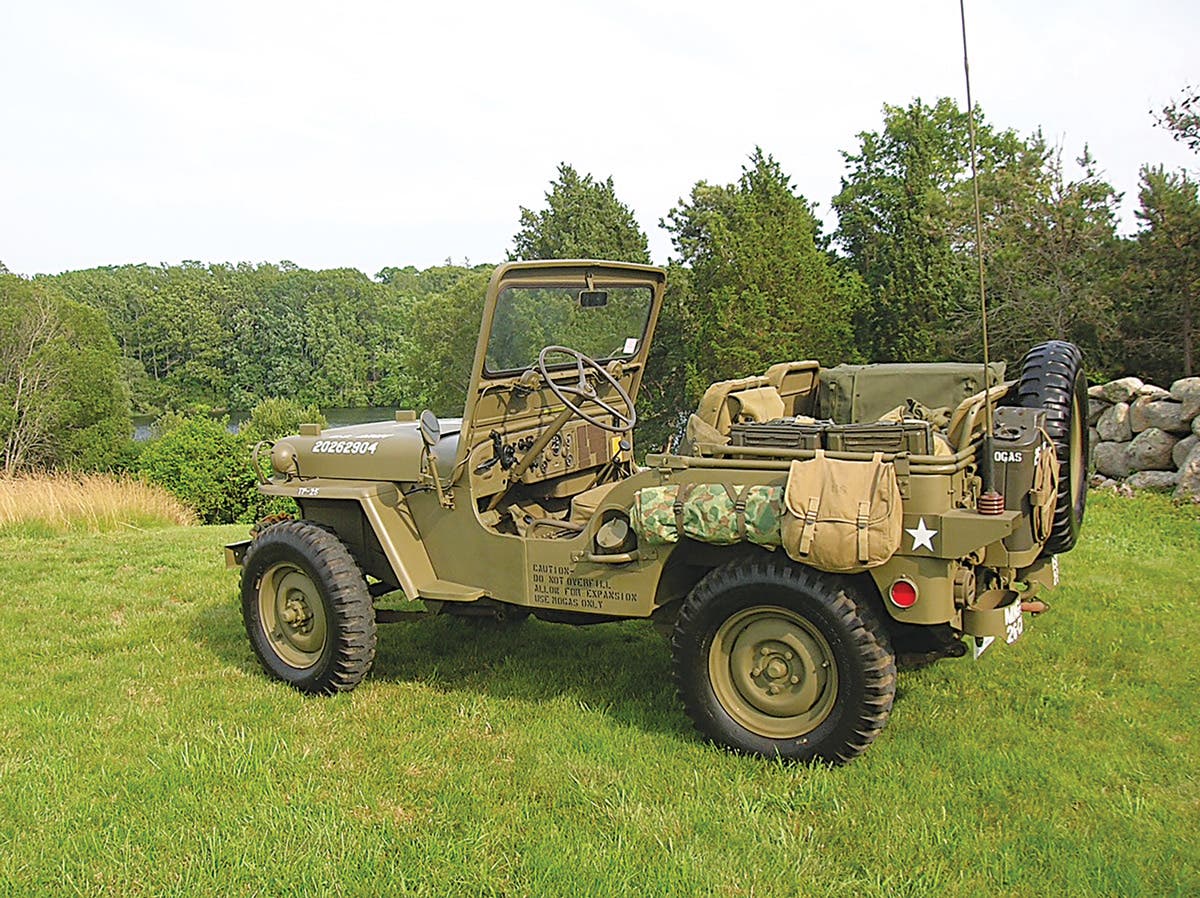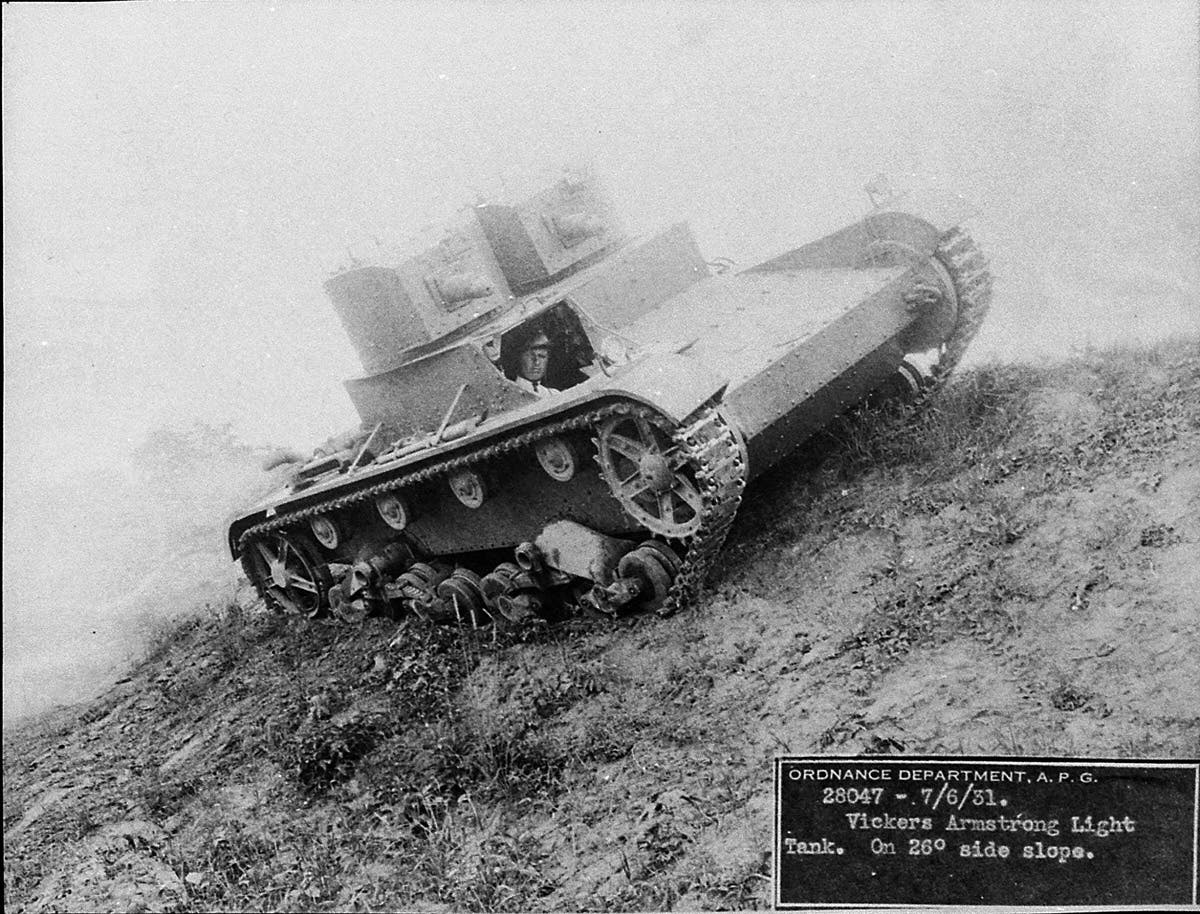Jeep Steering Gear
If you are an experienced mechanic you might already know the proper sequence to work on your steering, if not read on.
Editor's note: Looking back over the 25 years, that I have owned a WWII Jeep, one of the items that has plagued me (until I found this article from the WWII Army Motors, September, 1942) was what might be best described as "squirrelly steering." The problem might manifest itself as wheel wobble or shimmy at varying road speeds and makes for an unpleasant driving experience.
If you are an experienced mechanic you might already know the proper sequence to work on your steering, if not read on. While these instructions are specifically for the species of Jeep issued from 1941 to 1945, other military vehicle owners may find it of value, too.
As often as not, the simpler units on trucks are more misunderstood than the complicated ones. For instance, you won't have to snoop around a shop long where steering-gear adjustments on the1/4-ton jeep (Ford GPW or Willys MB) are under way before you find a mechanic pretty much in the dark about the adjustments he's making.
But there's no good reason for it. Actually the mechanic should be concerned only with the relationship of two shafts - the cam-and-wheel- tube assembly (Fig. 1, A) and the lever shaft (Fig 1, B). And, if he will consider them one at a time and make the proper settings, he can't help but come out on top. But let him half-adjust one, then go to work on the other--and he'll get so balled up he'll never get a proper adjustment.
Nor will any good come from trying to adjust-out trouble in the front-axle mechanism, such as misalignment, unbalance, or steering geometry inaccuracies, by working on the steering gear itself. This is a common practice that plays hob with the steering-gear mechanism. Your ordinary or chuckle-headed mechanic will put excessive drag on the steering gear to keep shimmy from being transmitted to the wheel, instead of correcting the shimmy at its source.
The same specie of mechanic will compensate for bent tie-rods, drag links or steering arms by throwing the steering gear off the high point. When the mechanic screws up adjustments like these, he not only gets himself behind the eight-ball but the driver as well--the guy who's supposed to try to keep the vehicle between the fences on the highway. Remember, the steering gear is the tooth you're working on, forget about the other units until you come to them. Then put the right English on them too, before you tie them in with the corrected steering gear.
The jeep steering gear is the cam-and-twin-lever, variable-ratio type. The cam-and-wheel-tube assembly turns in steering-column bearing in the upper part of the steering column, under the wheel (Fig. 1, C) and in two ball bearings (Fig. 1, D) in the housing at either end of the cam. The cam thrust is taken up by these bearings which are adjusted by removing and replacing the shims (Fig 1, E) on the upper-housing cover.
Before starting your adjustments on the ball thrust bearings on the cam, you have to relieve the assembly of all load. Disconnect the steering connecting rod from the steering arm, loosen the instrument panel bracket and steering gear frame bolts to allow the assembly to align itself. Then loosen the housing-side-cover adjusting screw (Fig. 2, A) to free the pins in the groove.
The naked heart of the jeep steering gear (assembled view). Adjust one thing at a time and stay happy.
Remove or add shims under the housing cover (the shims are of .002", .003", and .010" thickness) so that you get a barely perceptible drag on the steering wheel - yet you should be able to turn the wheel freely with thumb and fore finger lightly gripping the rim. The shims can be clipped so they will slip over the shaft, for removal or replacement. With this shaft properly adjusted, forget it--and start concentrating on the adjustment of the lever-shaft assembly.
The lever shaft turns in two housing bushings (Fig. 1; F and Fig. 2, B). If these bushings have been worn or beaten out until they no longer hold the shaft in alignment, further adjustment is time wasted. It's a good idea to have somebody turn the steering wheel back and forth while you hold the end of the shaft (with the connecting rod still attached) and check side movement of the shaft in the housing. Unless the fit is really sloppy, you can't feel the play by merely moving the shaft with your hand.
Anyway, if the bushings aren't a good fit, remove the assembly and replace them. If the bushings are snug, then you make the adjustment of the tapered pins {Fig. 2, C) into the cam groove. You adjust so that a very slight drag is felt through the mid-position when the steering wheel is turned slowly from one extreme position to the other. Adjust by turning the side adjusting screw then lock it with its locknut.
The groove in the cam is purposely cut shallow in the 'straight-ahead' driving position for each pin. This allows a close adjustment for the straight-ahead position (where the wheel is held most of the time) thereby avoiding sway on the road. It also permits the take up of backlash from wear in this most-used position without causing bind in the lesser-used turning areas. You adjust within the high range through the mid-position or high point of the pin travel.
Backlash of the pins in the cam grooves shows up as end-play of the lever shaft, also as backlash of steering at the ball (Fig. 2, D) on the steering-arm. Don't confuse this normal movement with the movement of a shaft in worn bushings. Backlash in the turned positions is not objectionable.
To locate the high point and straight-ahead position of the steering gear, turn the wheel through its complete travel from one extreme to the other-- then set it at one-half these turns. With the steering gear in this central position; the .front wheels on the vehicle should be straight ahead, the gear on the high point and the steering-wheel spoke with the brand mark on its underside, should point downwards to the driver's seat and in line with the steering post. The wheel can be repositioned if necessary by removing it and shifting it on its serrations (Fig. 1, G).
In some cases, poor steering adjustments have been made because the mechanic used this wheel-spoke location as the central position. He'd take for granted that the wheel was in its proper position on the shaft, and then make his adjustments to the front end without further checking.
However, with the wheel not in the proper position he'd be making adjustments with the steering gear off the high point. On the road, the vehicle would wander like a keg of beer. Though you know the wheel should be correctly positioned, you can't be sure it is until you check it. And as we said before, if it isn't centralized, take it off and shift it on the serrations. After you've completed all adjustments, tighten the dash and frame bolts and turn the wheel around a couple times to be sure no bind has been caused by the tightening.
If the front wheels are in their exact straight-ahead position when the steering assembly is in its exact central position, the steering connecting rod can be replaced on the steering arm (pitman-arm). Take our solemn word for it, it's quicker and safer to run through the whole procedure in the proper sequence than to lose time in checking back to find-the root of the trouble that crops up as a result of short-cutting part of the operation.
The above article adds immensely to TM 9-803, ?-Ton, 4x4, Truck, (Willys-Overland Model MB and Ford Model GPW). The steering gear is covered on pages 211 through 215 of the TM. Over those five pages, all it has to say about adjusting the steering gear is this:
c. Adjustment. Loosen lock nut on side adjusting screw. With front wheels straight ahead, adjust screw for minimum backlash of studs in cam groove. Tighten lock nut. For other adjustment, report to higher authority.
Of course, sixty some years after those words were written, there is no "higher authority." You are it! Hopefully, this article from the WWII Army Motors will help you like it has helped me.



